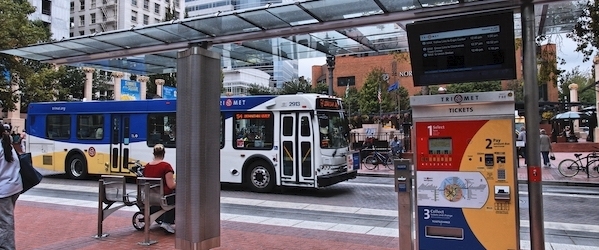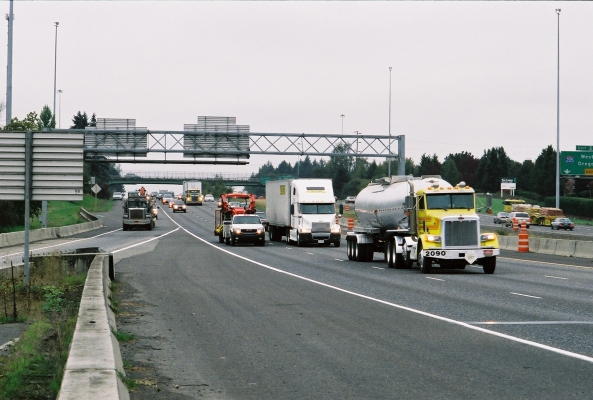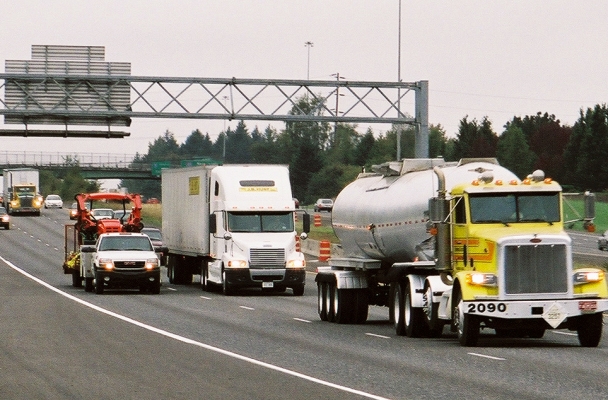If you could securely pick up your packages on your commute by public transit, from any carrier—be it USPS, FedEx, UPS or other companies, would you? Transit agencies could be missing a potential strategy to increase ridership by offering common carrier parcel lockers at transit facilities.
Mitigating the demands on our urban transportation networks by consolidating parcel deliveries at high trafficked transit facilities could also benefit retailers, logistics and carrier companies, and consumers. But how do we ensure the equitable distribution of these sites for disadvantaged populations, while keeping accessibility in mind?
Using real world data from the Portland, OR region, a new study from researchers at Portland State University (PSU) offers a multiple-criteria approach using accessibility and equity metrics, including ridership, mode of transportation, spatial distribution, and sociodemographic profiles of coverage areas.
Read moreLimited Free Access: The article in Transportation Research Record, "Accessibility and Equity Analysis of Transit Facility Sites for Common Carrier Parcel Lockers," by Katherine Keeling, Jaclyn Schaefer and Miguel Figliozzi, will be...




